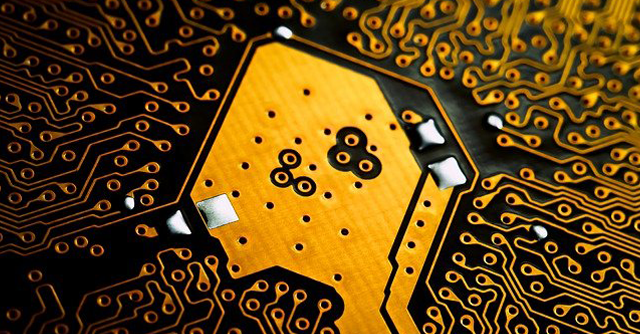
Ukraine-Russia crisis may indirectly impact India’s device makers by delaying supply of critical parts


The dependence of leading global semiconductor manufacturers on raw materials--palladium and neon--sourced from Russia and Ukraine, respectively, could prolong the global semiconductor crisis and even indirectly impact India's device manufacturers in countries like India with a delay in supply of critical parts, say industry experts.
On 1 February, a report by an American market research firm Techcet underscored the dependence of America’s semiconductor manufacturers on palladium and neon sourced from Russia and Ukraine, respectively. It pointed out that Ukraine supplies more than 90% of the U.S.' semiconductor-grade neon while Russia supplies 35% of the U.S.’ palladium supply. The noble gas Neon is used in the critical laser lithography process in semiconductor manufacturing. This process is used to etch patterns on silicon, which is fundamental to producing computer chips. Palladium is used for the pins that conduct electricity on a chip.
“Neon is an important material in the semiconductor manufacturing process, so there is definitely going to be some impact. India would face an impact since we make a lot of electronics. In fact, no country will be spared – at least indirectly,” said Rajeev Khushu, chairman of industry body the Indian Electronics and Semiconductor Association (IESA). “India may face a direct impact in the sense that we may not get critical parts in due time, and the rapidly growing device manufacturing ecosystem could be impacted,” he added.

To be sure, India does not yet manufacture and export chipsets to companies around the world – something that Taiwan, South Korea and China do. ‘Fabs’, or semiconductor manufacturing plants based in such nations are expected to be hit first. However, the impact may not be a blanket one, since the global semiconductor supply chain is structured in a complex manner.
“There are so many levels of dependencies in the semiconductor industry. Like Taiwan, both Ukraine and Russia play pivotal roles in the global semiconductor supply chain. Now, if you are sourcing components primarily from Russia, your supply chain is on. But, if you are sourcing a lot from Ukraine, then you will see disruption,” said Sanchit Vir Gogia, chief executive of market research firm Greyhound Research.
Gogia explained that India largely draws its supplies from Taiwan and Russia, as a result of which most industries should not face an impact in the short term. However, companies that import chips from manufacturers that do source raw material from Ukraine could face some short-term impact.

Since March 2020, there has been a global semiconductor supply shortage that has affected multiple businesses. Numerous factors contributed to this shortage, including a slowdown of usual manufacturing schedules due to the covid-19 pandemic, rising demand for consumer gadgets due to work-from-home mandates, and a drought causing water supply shortage in Taiwan – which holds the largest market share of semiconductor supplies around the world.
Industries, on this note, were expecting semiconductor supplies to return to normal levels by the end of 2022. Now, while some opine that there could be a slight pushback in the return of normalcy in global semiconductor supplies, none believe that the Ukraine-Russia conflict could throw the supply chain completely off the rails yet again.
As Tarun Pathak, research director at Counterpoint Research put it, “Neon production is not rocket science, it's just a dirty business. If prices rise quickly enough, there are sure to be more suppliers popping elsewhere. The time gap between stockpiles running out and new factories coming online is where the risk for chipmakers lie, and I see this as a two-to-three-month slowdown for chip production.”

However, there is one factor that could cause temporarily inflated prices, according to Faisal Kawoosa, founder of market research firm Techarc. “Fluctuations in global oil prices could bring pressure on the Indian rupee, which would push up import costs for our manufacturing sector. Right now, nobody in the technology ecosystem has the capacity or resilience to absorb such added costs. In the short term, this added cost factor – not just of semiconductors but of a range of components – could be something difficult to deal with,” he said.
Kawoosa added that the industry will need to wait for at least three or four months to see how such a price impact might occur. Iesa’s Khushu concurred, saying that any impact on the semiconductor supply chain could occur within the next two quarters.
All of this should also not have any impact on India’s ambitions to become a global semiconductor supplier. In fact, according to Khushu, this should open up more avenues for India.

“Plans among companies to set up semiconductor facilities are still in very early stages, so they should not be impacted by this conflict. In fact, this should work well for India, as the global supply chain will look to further diversify in order to avoid the impact of such geopolitical conflicts in future,” he said.
